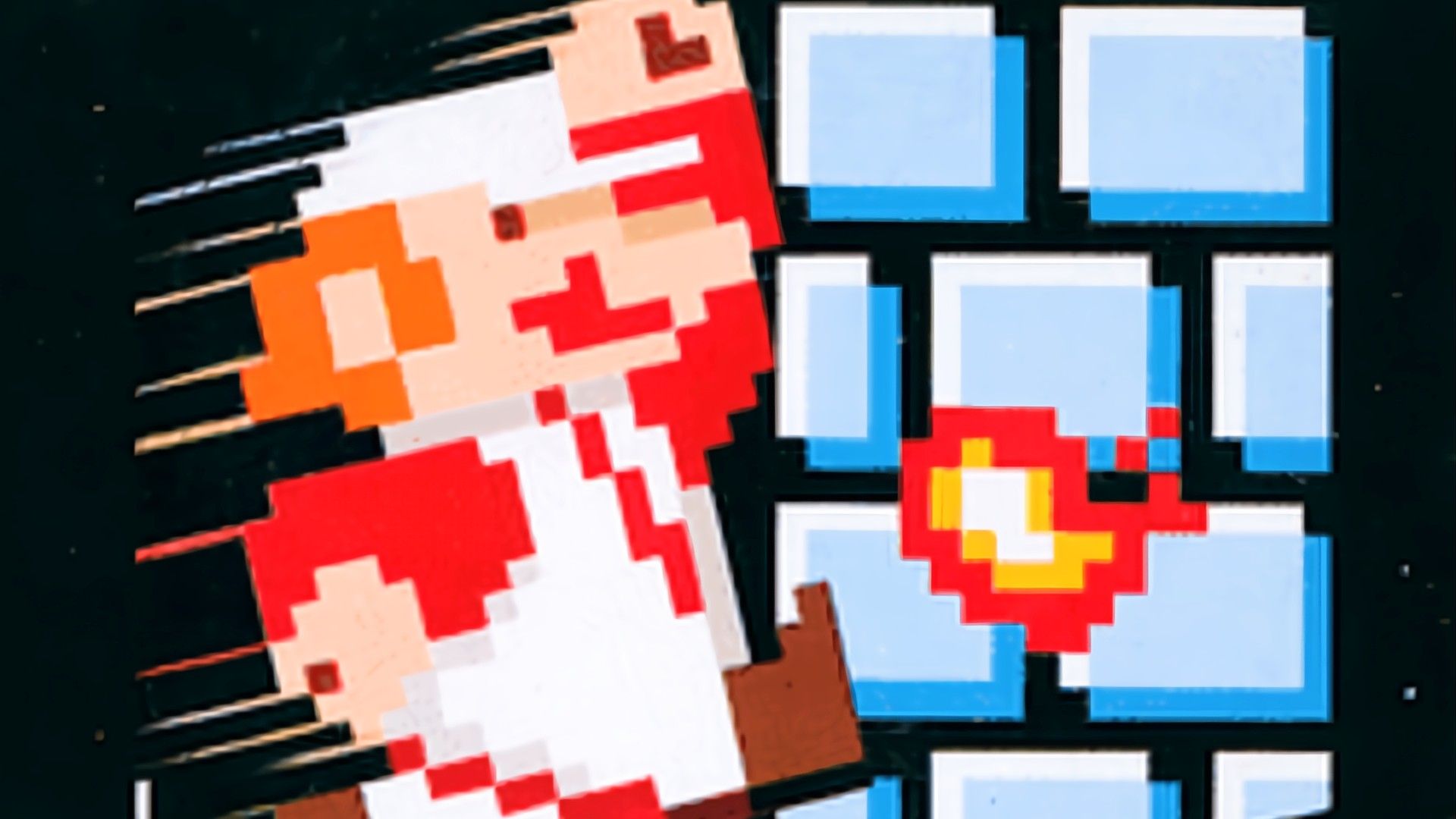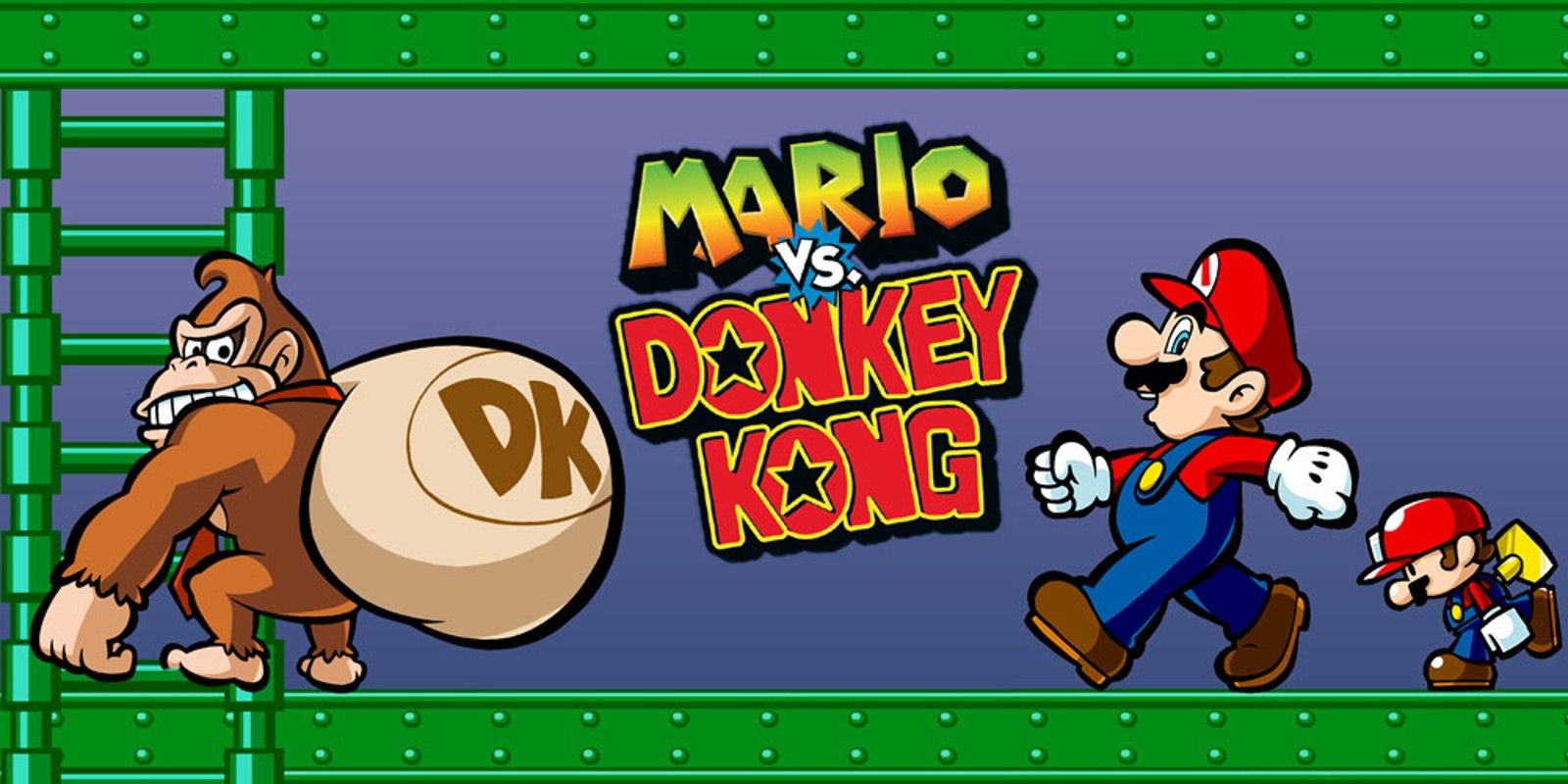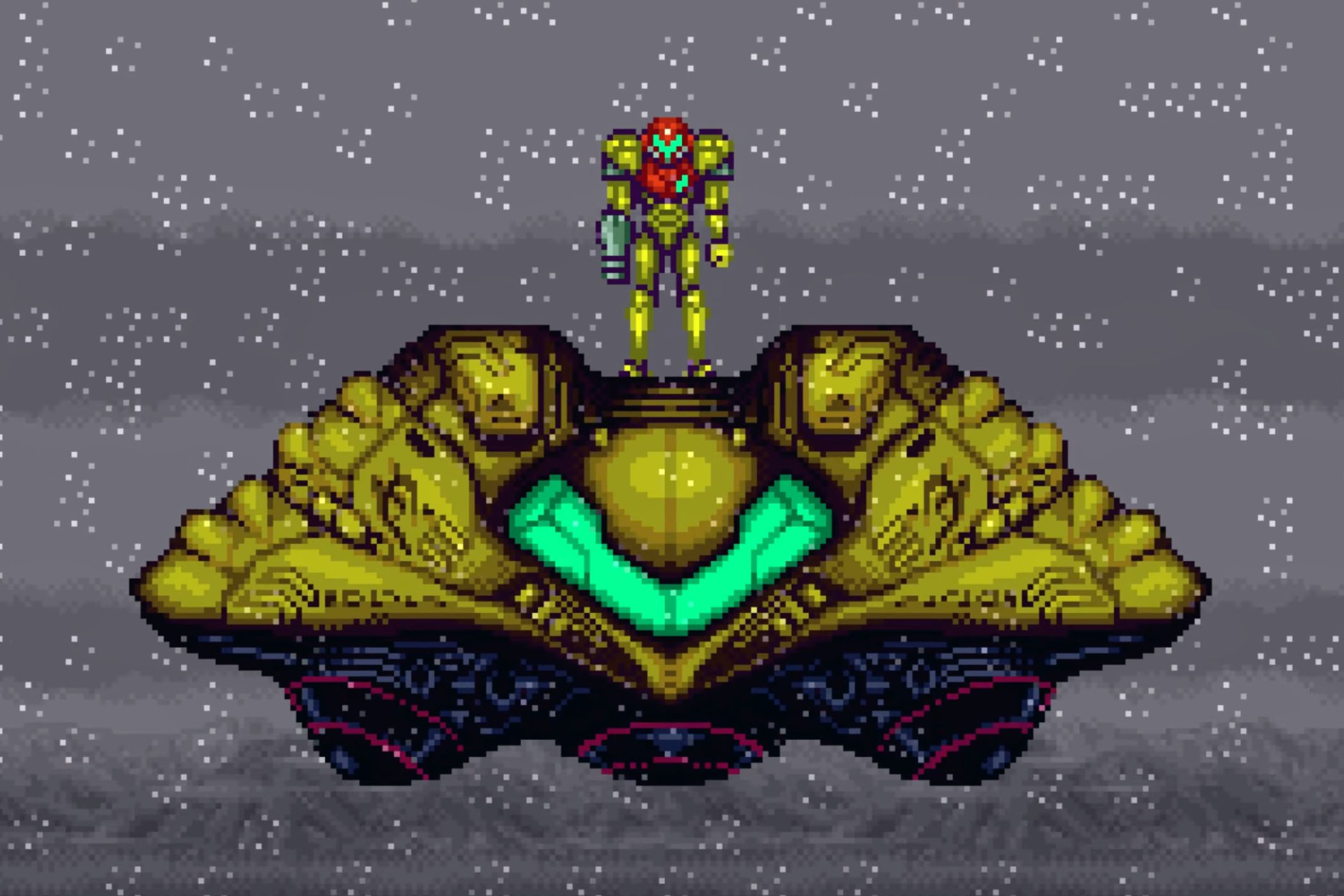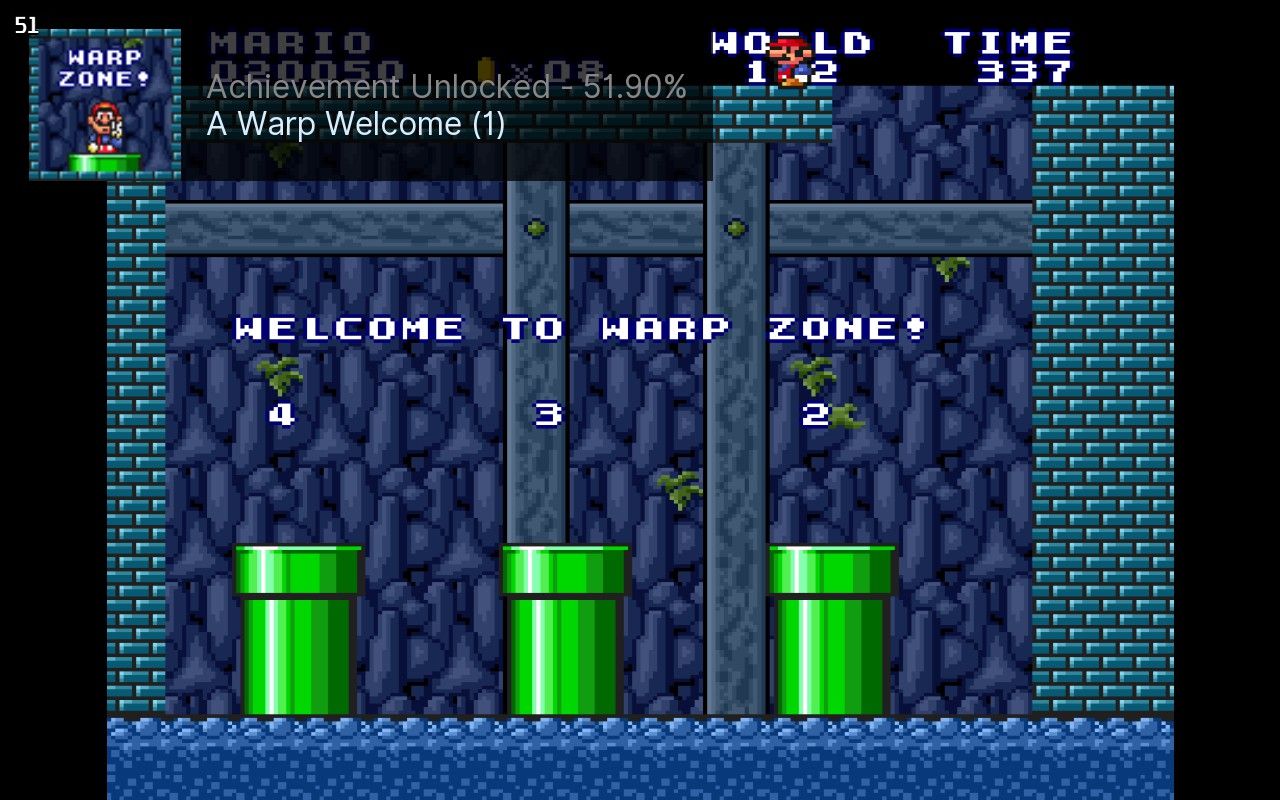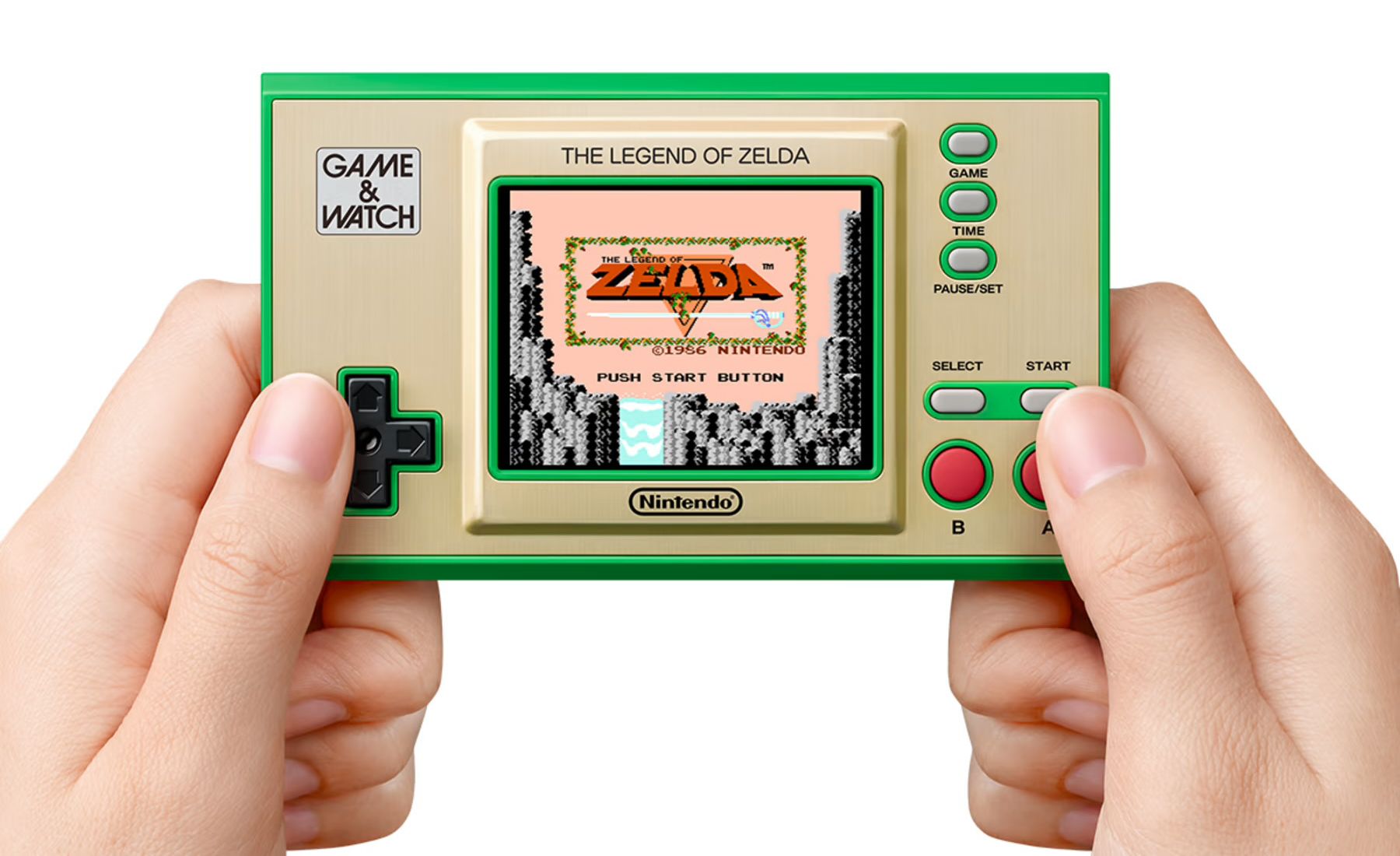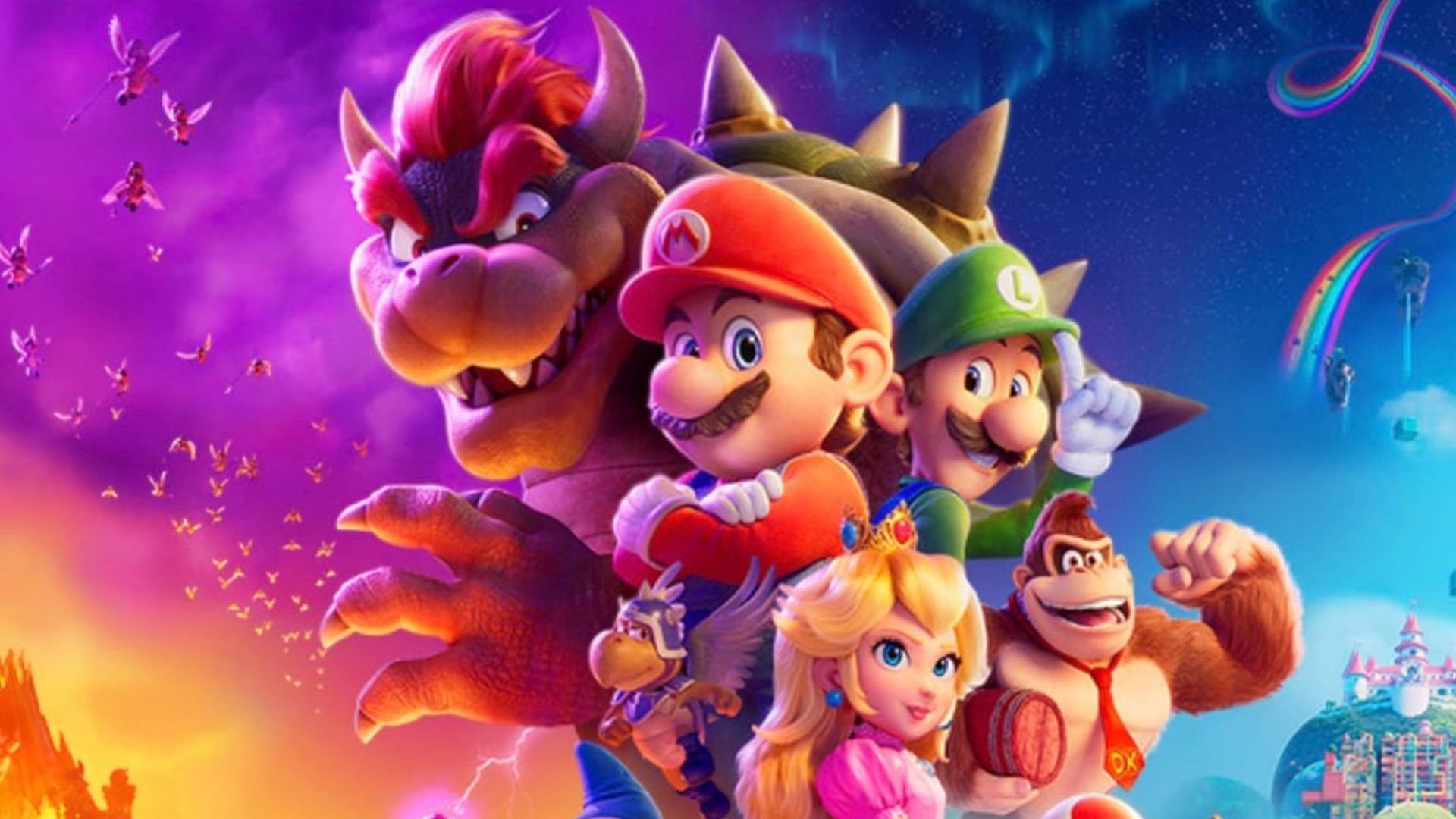Super Mario Bros. was the first video game I played. It was the winter of 1995, and I was at my kindergarten buddy’s birthday party. I got hooked the moment I took the controller. I’ve replayed it countless times since, as well as many other Nintendo classics, many of which have a special place in my heart.
There’s something special about Nintendo’s retro games, compared to most other retro favorites, that makes them feel great to play even to this day. Claiming it’s all nostalgia would do those masterpieces a huge disservice because they offer so much more than that.

Timeless Level and Art Design
The first thing that comes to mind that explains why Nintendo classics are so apt in their ability to provide buckets of fun even decades after they came out is their timeless level and art design.
Take Super Mario Bros., for instance. The legendary NES platformer is turning 40 in just a few months, but is just as fun to play today as it was back when it came out in the mid-80s. That’s mostly thanks to the game’s straightforward yet oh-so engrossing platforming formula that marries fast-paced gameplay with brilliant level design.
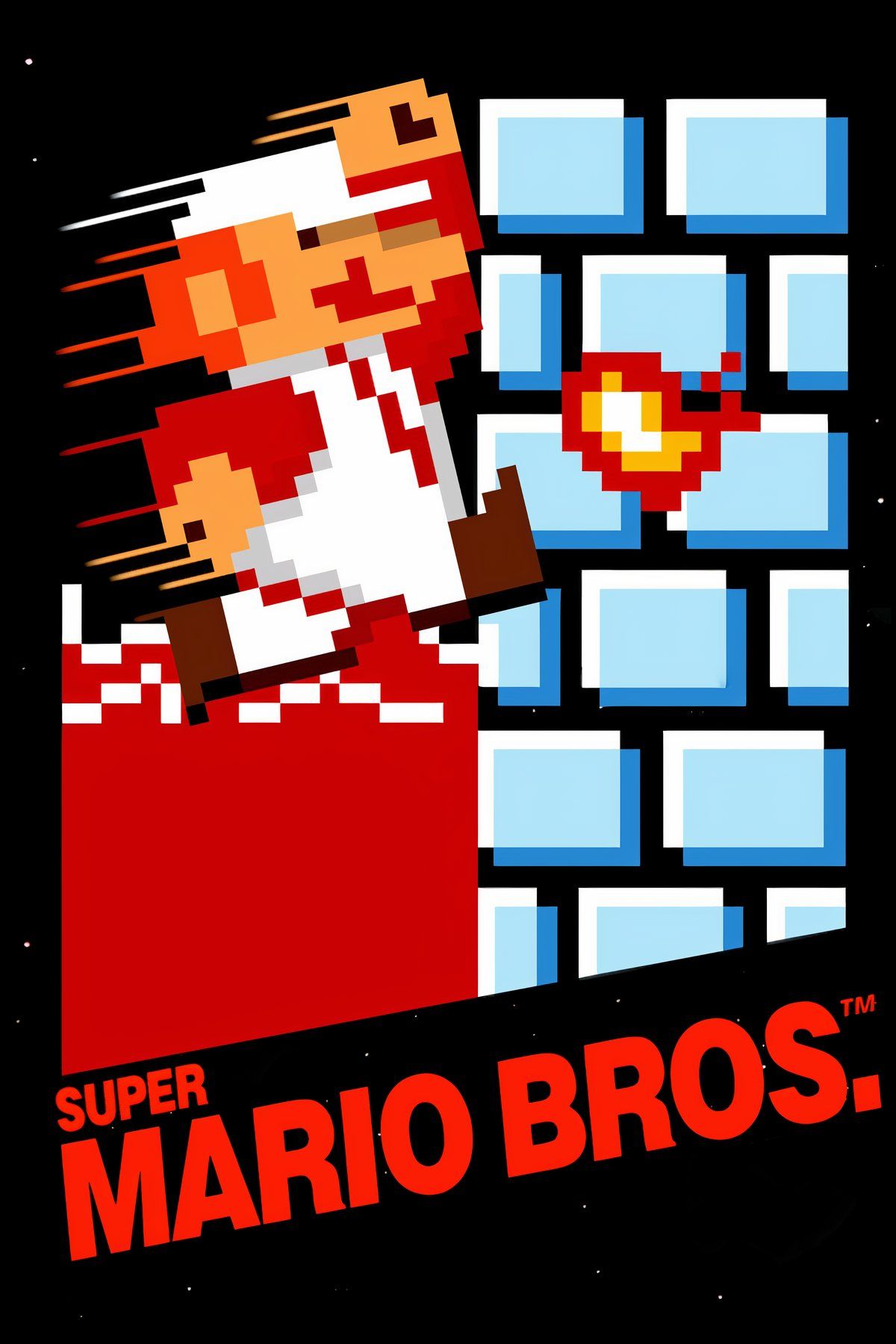
Super Mario Bros.
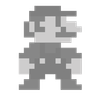
- Released
-
November 17, 1985
- ESRB
-
e
- Developer(s)
-
Nintendo R&D4
- Engine
-
miyamoto
You start the game as a teeny tiny Mario, and the first thing you see is a Goomba you have to figure out how to defeat (or avoid), along with the row made of bricks and those peculiar flashing question mark blocks you simply have to hit, right?
You then learn that a mushroom makes you grow, like in Alice in Wonderland. Half a minute later, you get another power-up (flower) that makes you even more powerful. But make one mistake, and you’re punished, yet also motivated to regain those awesome powers as soon as possible.
There’s also an animation that plays right before you start the second level, during which you learn that you can enter those green pipes, making you immediately want to replay the first level to try descending into one of the pipes found in the first level. The game has already hooked you into replaying it before you’ve even touched the second level. Talk about brilliant game design.
The levels are also straight-up fun to play. Dynamic obstacles, chasms you have to jump over, and levels dotted with multiple routes you can take to reach the end, despite the game’s seemingly simple 2D graphics.
The game is teeming with well-hidden secrets you slowly discover during subsequent playthroughs. Let’s be honest, unless you’re using save states, there’s a slim chance you’ll reach the end on your first try. Super Mario Bros. features a gradual yet unrelenting difficulty curve, which is yet another way it entices players to keep replaying until they finally master it.
Then we have the earworm soundtrack that crawls into your brain and stays there for days after you’ve played the game, making you obsess about the Mushroom Kingdom even when living in the real world.
Lastly, there’s the art design that combines just a couple of colors and massive pixels into easily recognizable shapes and forms we immediately recognize the moment we see them again.
This marriage of mechanical and artistic design is found in so many other Nintendo games of yore. For instance, there’s Donkey Kong Country and its explosive beginning filled with flashy visuals, upbeat music, high-octane gameplay, and a secret hidden right at the start of the first level.
Or The Legend of Zelda: A Link to the Past, where you immediately learn the basics but also realize that the game has a ton of secrets hidden under the surface for Link to discover, immediately hooking you to explore every nook and cranny of its lo-fi yet intricately designed game world, where no stone shall be unturned.
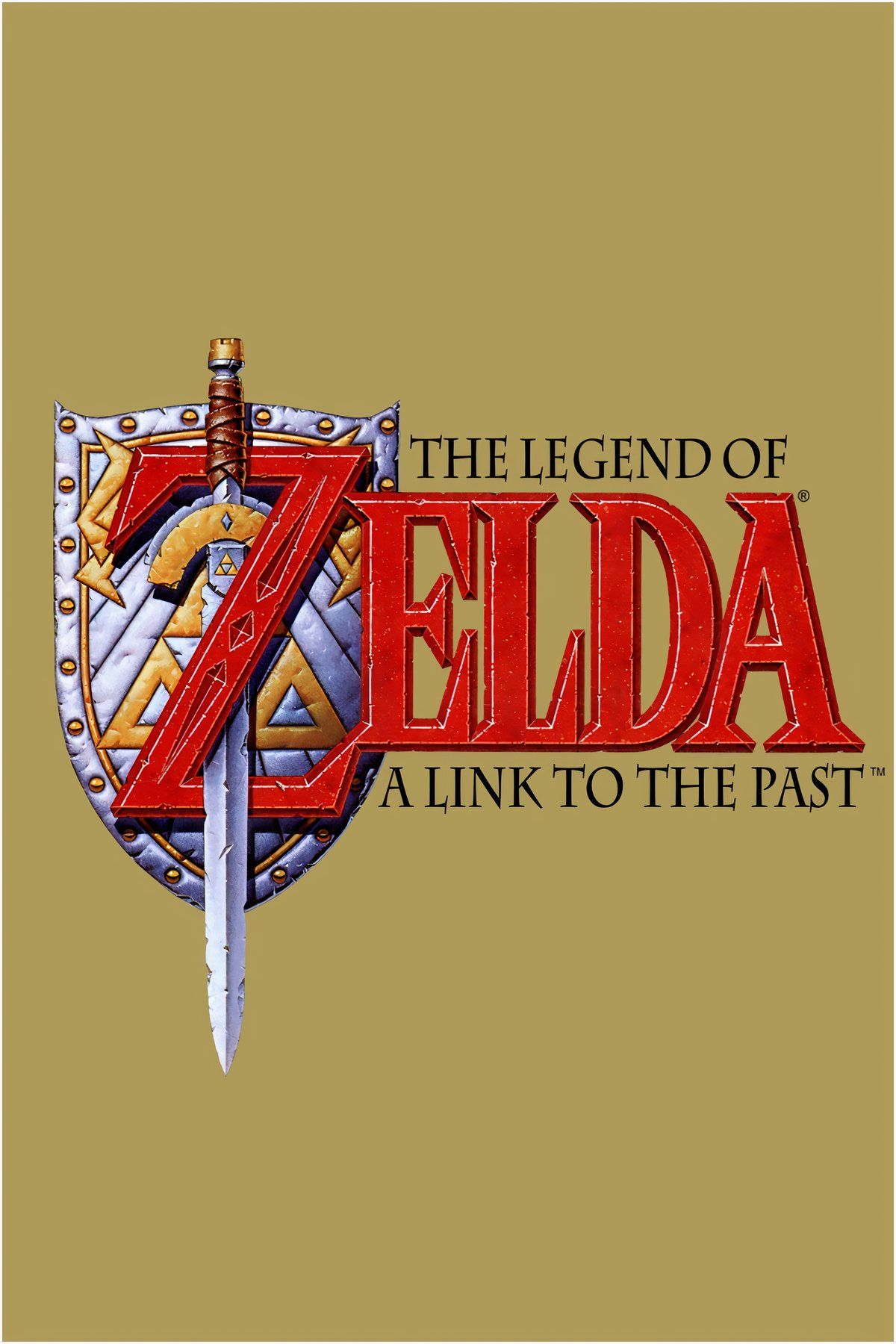
The Legend of Zelda: A Link to the Past

- Released
-
April 13, 1992
- ESRB
-
E For Everyone Due To Mild Violence
- Developer(s)
-
Nintendo EAD
- Franchise
-
The Legend of Zelda
Many other Nintendo classics and modern titles alike share this brilliant combination of organically designed levels that are a joy to play through and enticing to explore again and again, and tons of secrets hidden in plain sight. Those games are also filled with memorable moments of triumph and defeat, the latter of which only augment our desire to push forward and see what’s at the end of the journey.
Rounding it all off is Nintendo’s insistence on consistency while still adding new elements in subsequent games. All this is what keeps Nintendo games fresh yet familiar, and makes them so fun to play even decades later. But that’s only one part of the equation.
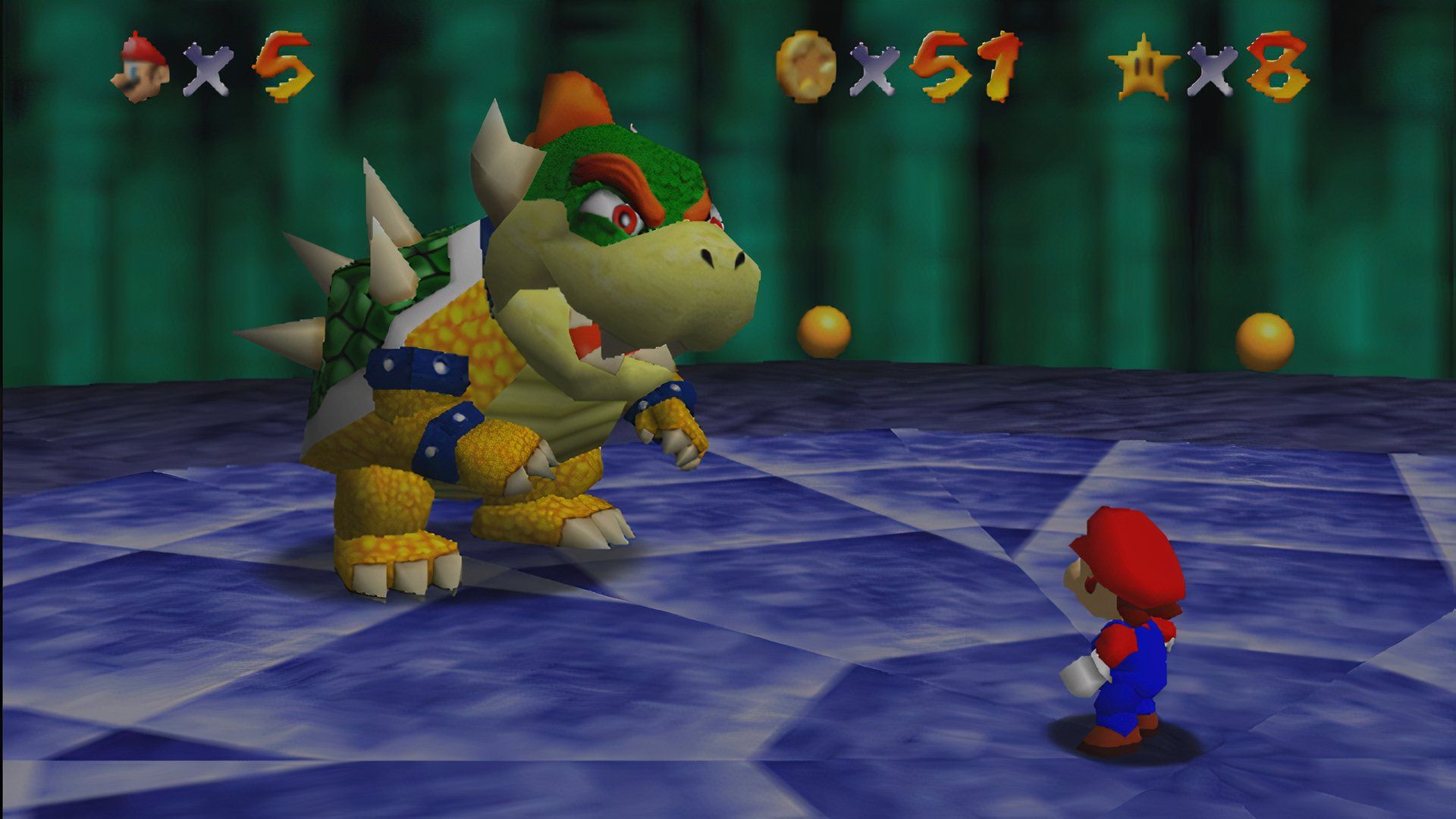
Related
Every 3D Mario Game Ranked From Worst to Best
It’s time to find a winner. Let’s-a go!
Gameplay That Has Aged Like Fine Wine
Another jewel in the lustrous crown worn by the majority of Nintendo classics is their gameplay. Straightforward and easy to learn, yet very enjoyable even when revisiting a game for the hundredth time.
Mario is all about jumping (he was called Jumpman before he got his own game after all) and trying to save Princess Peach, but when you add the aforementioned genius-level design, you get one of the most popular and long-lasting video game series ever, for good reason.
Each level of every 2D Mario game is a story unto itself. Each is filled with multiple routes you can take, some require that you master the simple action of jumping while sprinting, others require knowledge of the placement of invisible blocks and other secrets. And you never get bored because there are always new elements and enemies that keep you on your toes and test your run-and-jump prowess.
Super Metroid, on the other hand, is a slower-paced game that rewards a careful approach to exploration, where your primary objective is discovering the next save room. Once you find it, you can set yourself loose and enjoy expanding the map with new rooms filled with new obstacles and challenges.
You won’t be able to overcome some of those obstacles and challenges until you discover new abilities, most of which hide somewhere in the unknown and introduce new gameplay mechanics that open up a breath of new possibilities for Samus.
Acquiring new abilities unlocks previously unreachable areas of the map, featuring opportunities to test and master the very abilities that made exploration possible in the first place.
Then there are Zelda games, each following a fairly simple gameplay loop, but each introducing its own unique twist that may seem as deep as a puddle at the beginning. But after a few hours, you realize that, thanks to said twist, this Zelda game is different enough to stand on its own compared to its predecessors, making the tried and true exploration loop as fresh and inviting as it was in the very first Zelda title you’ve played.
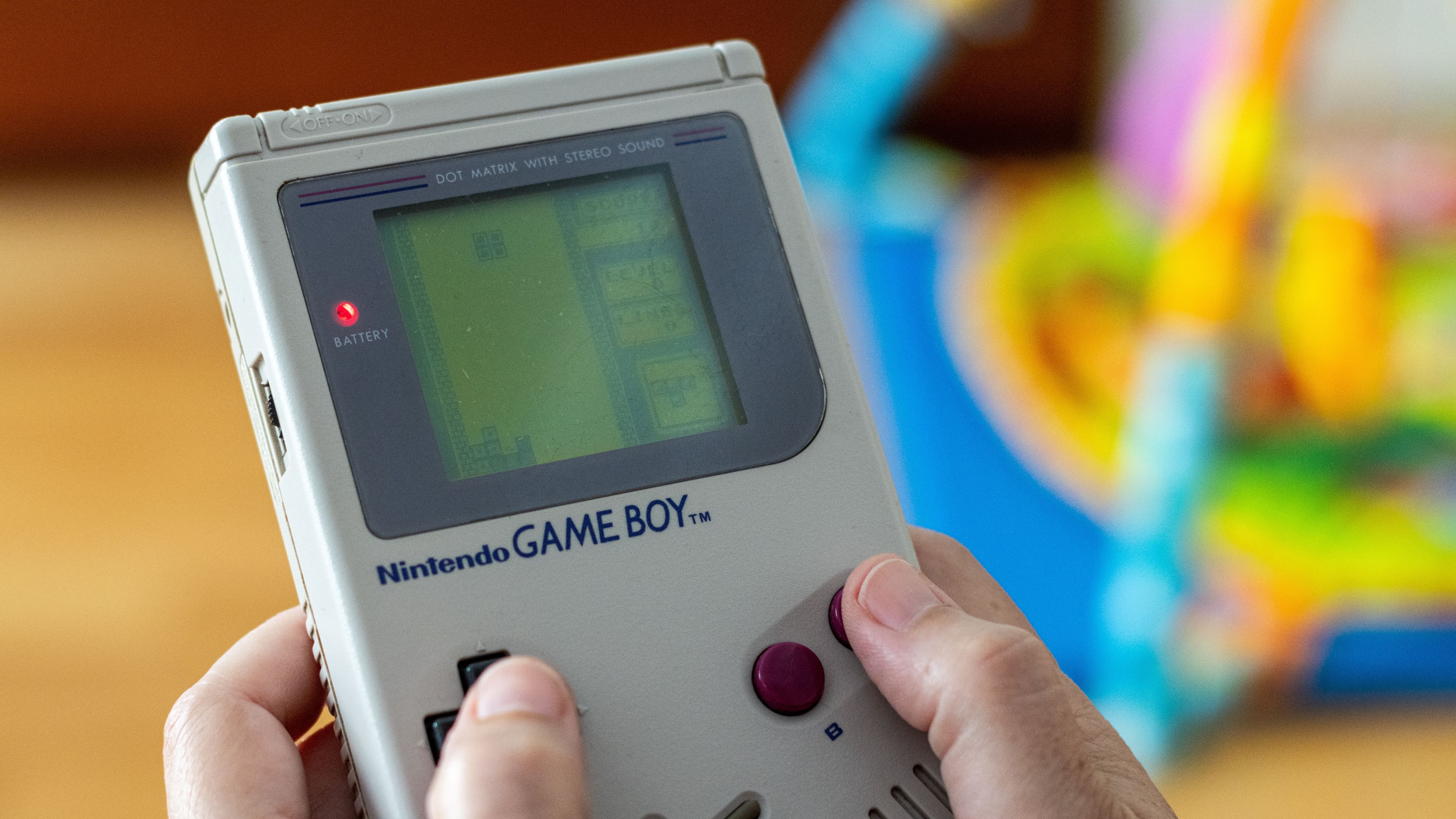
Related
8 Forgotten Game Boy Classics Worth Digging Out Your Old System For
The Game Boy helped define handheld gaming, but not all of its best titles are still celebrated today.
Replayability Is Off the Charts
Exceptional level design and enjoyable gameplay, along with the relatively succinct length of most Nintendo’s retro games, give way to high replayability where each new playthrough unveils new details you previously missed.
For instance, that moment when you realize you can reach the top of the second level in Super Mario Bros. and just stroll right to the end, or skip entire worlds if you’re skilled enough.
Or playing Super Metroid for the third time and finally discovering a new sequence break that can give you upgrades faster, or allow you to reach areas that should stay inaccessible for your current set of abilities.
Trying to best yourself in F-Zero wouldn’t be that enjoyable if the game didn’t feature expertly crafted tracks and arguably the best sense of speed in a 2D racing game.
What about classic Zelda games that seem like you can beat them in just one way, only to discover they reward unique approaches that go against the grain after you get skilled and start noticing patterns you had no clue about before?
Of course, there are also countless secrets and collectibles in many old Nintendo games that can only enhance their already impressive level of replayability.
I’ve beaten Super Mario Bros. countless times, but I still discover new, fun ways to reach the final castle that keep me motivated to complete yet another playthrough. Even though I’ve mastered the Donkey Kong Country trilogy, I can still spend an entire weekend playing one of those games because they’re still so fun to play, even though I know about every secret and have multiple 100% collectible playthroughs under my belt.

Related
I Need These 7 Nintendo Franchises to Get Switch 2 Spin-Offs
Splatoon is getting a fresh take, and these franchises should, too.
Memorable Characters That Still Star in New Games
Nintendo’s a unique beast in this regard. While many other big-name publishers leave the stars of their retro blockbusters on shelves, gathering dust for decades, only bringing them back into the spotlight for an occasional remake or remaster, Nintendo has been reserving star roles in its latest and greatest games for the tried-and-true cast of recurring characters loved by millions of gamers around the world.
I’ve never really forgotten Mario and Donkey Kong, as I’ve been playing Mario and Donkey Kong games on a regular basis since the mid-90s. While I don’t have the same relationship with Samus and Link, Metroid Dread and Breath of the Wild have led me to replay their classic adventures from the SNES, N64, GameCube, and Wii eras.
When I play most other retro games I haven’t touched in decades, it feels like meeting people I once considered friends who no longer feel like friends anymore, or meeting long-forgotten acquaintances I’ve never had any emotional attachment to.
But when I revisit Nintendo classics, it feels like spending time with old friends I stopped seeing every other day, but still hang out with at least a couple of times a year. They’re still some of my best and oldest buddies, and I love them as much as I did back when I was a kid.
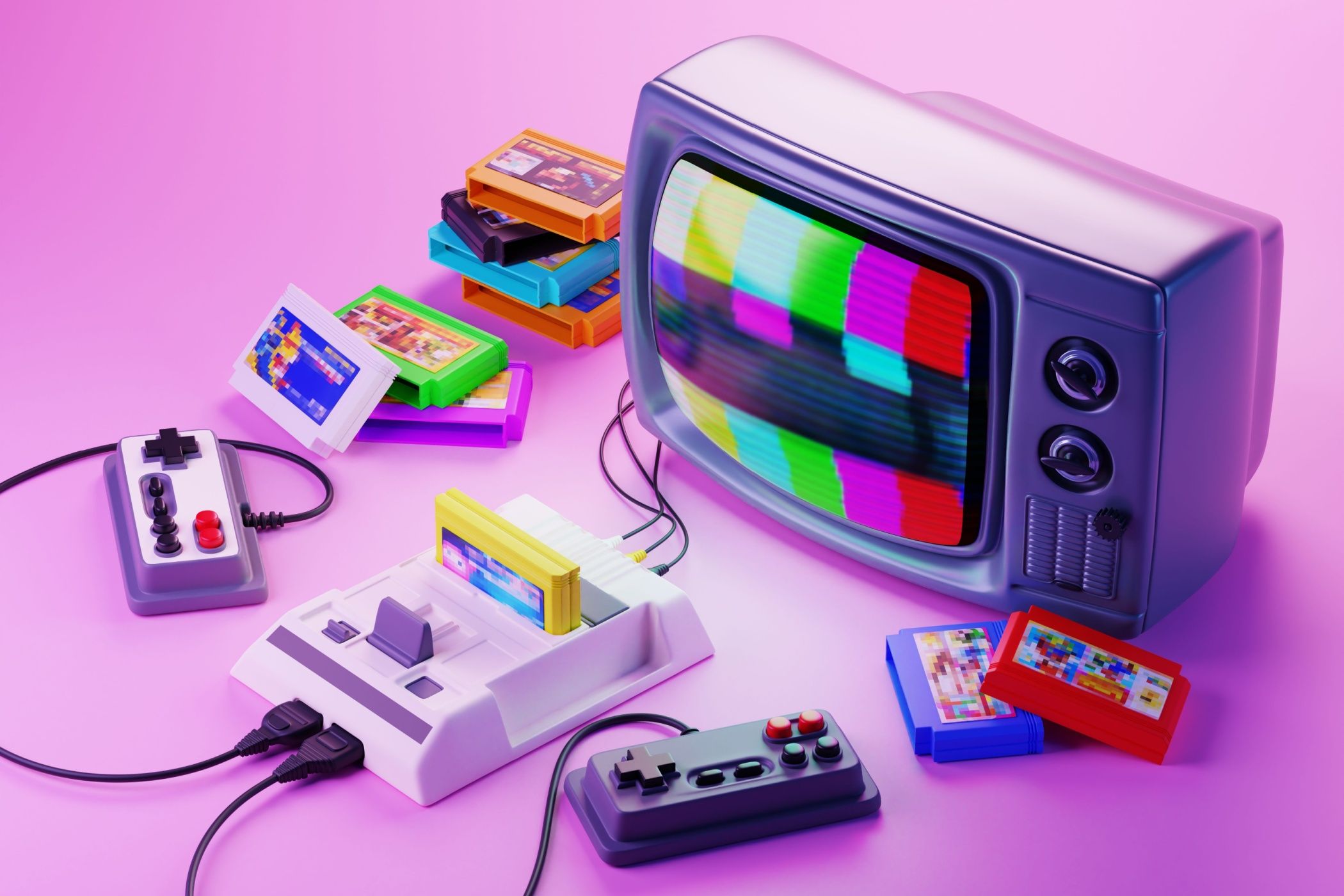
Related
Retro Consoles You Won’t Believe Are Still Getting New Games
Good consoles never die.
Just the Right Amount of Nostalgia
As I mentioned at the beginning of this text, nostalgia undoubtedly plays a significant role in why Nintendo classics remain as charming and enjoyable to play as they were back in the day.
I’ll never forget that winter afternoon of ‘95 when I first met Mario, or that summer afternoon less than a year later when I turned on my hand-me-down SNES for the first time and picked Donkey Kong Country from the pile of cartridges that were lying in front of me.
Firing up Super Mario All Stars, Donkey Kong Country, F-Zero, or Super Mario World for the nth time will always transport me back to the times of yore, when my most important responsibilities were attending school and doing my homework, and when free time was plentiful and not a precious commodity.
Aside from a couple of Sega Master System games, my earliest gaming memories are dominated by NES and SNES Nintendo games, so perhaps I’m biased. But looking at just how popular Nintendo games from the golden days remain to this day, I think we can all agree that their lasting appeal has more to do with their timeless quality than with that sweet hit of nostalgia many of us get when revisiting our childhood favorites created by the big N.
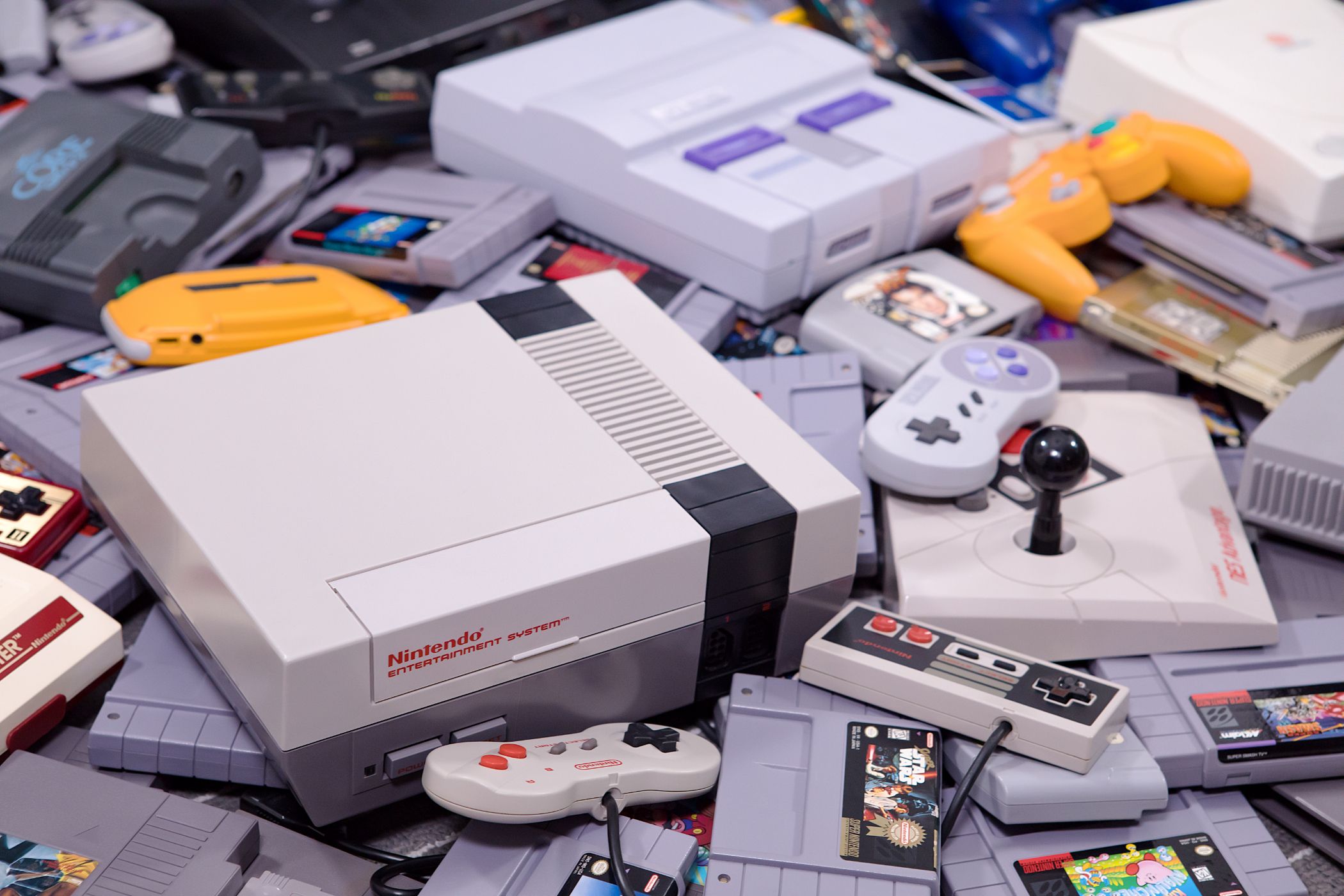
Related
Nintendo’s 7 Greatest Hardware Innovations
The weird and the wonderful.


